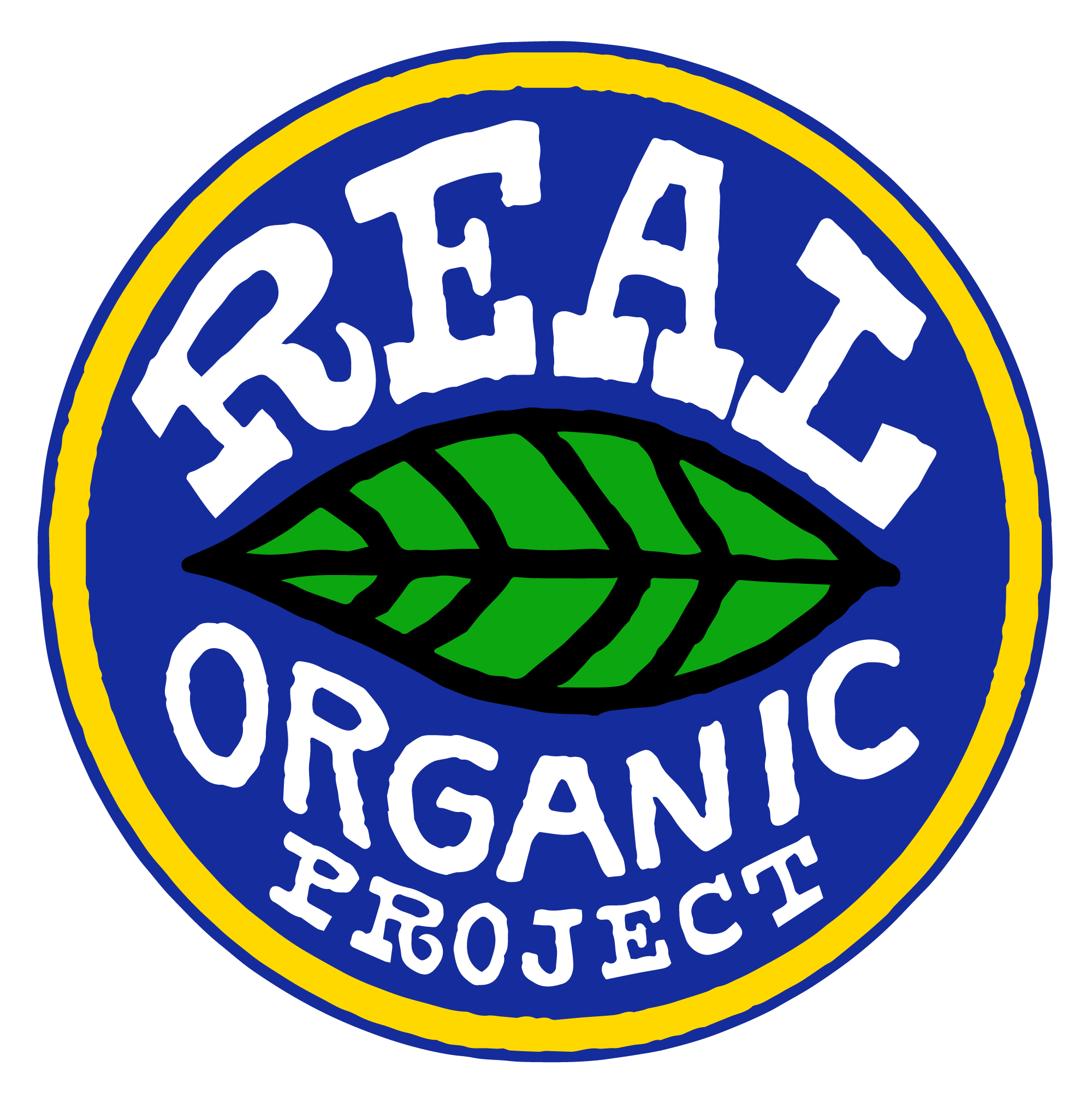A question that we constantly face is whether talking openly about the failures of the National Organic Program will undermine the organic movement? By telling people the truth of what is happening, are we destroying organic or saving it? Would it be better to stay silent and hope that things get better? This strategy of public silence with the public has been followed for many years by organic advocates. Many thought that, with all its imperfections, the National Organic Program was worth protecting. It was still doing much good by bringing public access to food grown with significantly fewer pesticides.
But a number of the leading advocates for greater food integrity have finally shaken their heads no, and publicly said that the NOP no longer adequately represents organic agriculture.

Pete Johnson at first farmers rally at Stowe, Vermont NOSB meeting in 2015.
Most of you reading this know that the NOP has endorsed soil-less hydroponic production as deserving of the organic label. But you probably don’t know what a large presence hydroponic production now has. The NOP has also embraced CAFOs (concentrated animal feeding operations) as deserving of organic certification and has rejected attempts at reforming the very weak animal welfare standards. Again, most of us still don’t grasp the enormity of that decision.

The reality of “organic” egg production at Herbruck’s Poultry Ranch in Saranac, Michigan. This photo was taken by the Cornucopia Institute in 2014. It ran in most national papersas an article from the Washington Post. The headline in the Chicago Tribune was : “More than a million hens, filling barns at three per square foot. And yes, they’re USDA Organic”- Photo courtesy of Cornucopia Institute.
These two massive changes in the definition of certified organic are only starting to be understood. One leading hydro lobbyist has claimed that sales of “organic” hydroponic produce have reached $1 billion a year. In the case of CAFO production, the number is already much higher. CAFO organic eggs and poultry alone have exceeded $2 billion. CAFO dairy is somewhere around $3 billion a year. These fauxganic products from a handful of enormous facilities are coming to dominate “organic” sales, though the vast majority of certified farms are real organic.
Even worse, the cheaters are pushing out the very farms that they pretend to be like. Real organic dairy farmers are going out of business while CAFOs are being built. The same is happening with soil producers of organic berries, tomatoes, peppers, cucs, basil, and lettuce, while large-scale hydro operations are being built.

The reality of “organic” tomatoes at Wholesum Harvest, which insists that it is not a hydroponic producer.
The wonderful blossoming of organic agriculture that took place as a result of growing consumer demand is being blighted as real organic food is being replaced in stores by products bearing a label that they don’t deserve. And our customers, by and large, are unaware of what is happening.
The inevitable question is what happens when they find out? Because they will find out.
I think they are going to be pissed off.
The biological farming movement will continue, but unless we act, and act strongly, the word “organic” will be lost to the next generation. They will have to call themselves something else. If we stay silent, we will lose so much of what we spent so long building. Like the Berlin wall, “organic” will collapse. All the young farmers and customers will literally leave for greener pastures.

Happy cows on pasture at Radiance Dairy. Real organic still exists, but it is threatened
As it turns out, silence is a very poor survival strategy. If we are silent, we lose for sure. Please join us as we try to save the organic movement. Protect organic. Join the Real Organic Project. Perhaps someday we will change the NOP. But in the meantime, let us build an add-on label that actually represents how we farm, and how people want to eat.
Francis and Susan have run Radiance Dairy since 1996. Francis has served a number of significant roles in his career, including USDA Extension National Program Leader For Soil Science as well as serving a five-year term on the National Organic Standards Board. He is the current Policy Committee chair for the Organic Farmers Association. And finally, he is the Chair of the Real Organic Program Standards Board.

ancis Thicke with Real Organic Project Associate Director Linley Dixon.
His parting warning to the NOSB was widely read around the country. His final words were read by many thousands of people concerned with the decisions of the NOP. Click here to read Francis’ deep concerns about the future of the National Organic Program.
Please share this post with friends who might be interested.
Many thanks,
Dave

